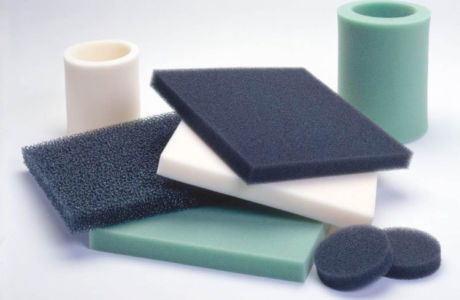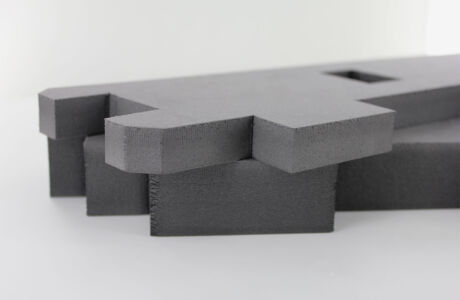6th Jul 2018
Filtration Foams for Aquatic Filters
Filtration foams are used within pond and other aquatic filters to sieve out fine particles such as silt, sand, fish detritus, dirt and other types of debris that pollute the water. Foams help to thoroughly clean the water and see to toxins and odours being dispelled from the water, keeping it clear and disease free for an aquatic ecosystem. The filtration system also promotes freedom of oxygen which enables the growth of beneficial bacteria for aquatic species and plant life.
There are three types of filtration foam which are used strain water from debris, which are mechanical, biological and chemical.
Mechanical foam media works to sieve out the dirt, silt and all other types of debris to ensure the water is clean, clear and healthy. They’re commonly cut and formed as sponges and pads.
Biological foam media’s purpose is to use its surface area for bacterial colonies to be able to spread amongst it. This bacteria is beneficial and helpful to the aquatic life and feeds on the chemicals that are released by fish and plant waste (somewhat of a must for aquascapers.)
Chemical Foam media is impregnated with an additional chemical like that of carbon to neutralise and dispel odours, remove other harmful chemicals (phenois and tannins) and polishing the water to keep it crystal clear..
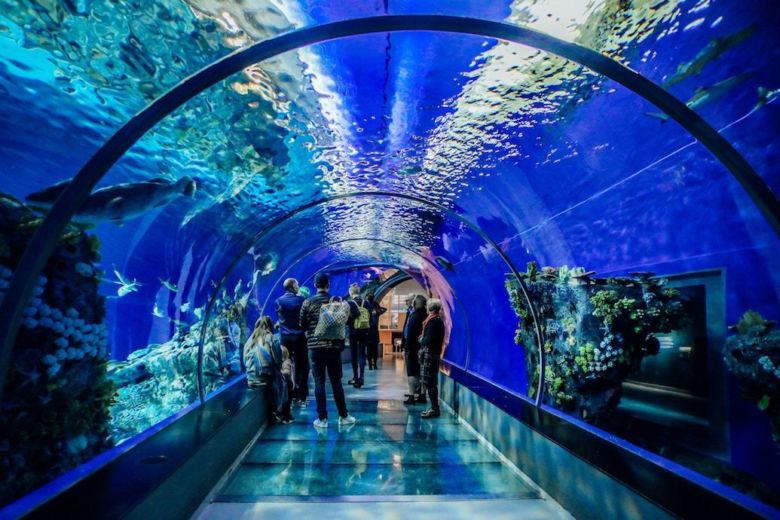
Filtration foam PPI
Aquatic and aquarium filters are foams with varying PPI (Pores Per Inch), which identify the number of cells within the foam. A low count such as PPI 10 therefore means there are less pores within the foam, so cells are larger and open providing a larger space for air particles to pass through. Alternatively the higher a PPI count the denser the foam becomes for less flow and better restriction.
The importance of filtration foam in aquatics
Aquariums and ponds, at their simplest, are artificial homes for fish where water does not run freely. That means that due to the volume of water vs the amount of fish and plant life, technology is needed to maintain the conditions for fish and aquatic plants to survive. Most aquarists will rely on filters to remove and clean toxins and waste products within the tank or pond.
If waste products are left then the health of your fish, plants, and general aquatic ecosystem will decline dramatically with a drop in water quality and the health of aquatic species.
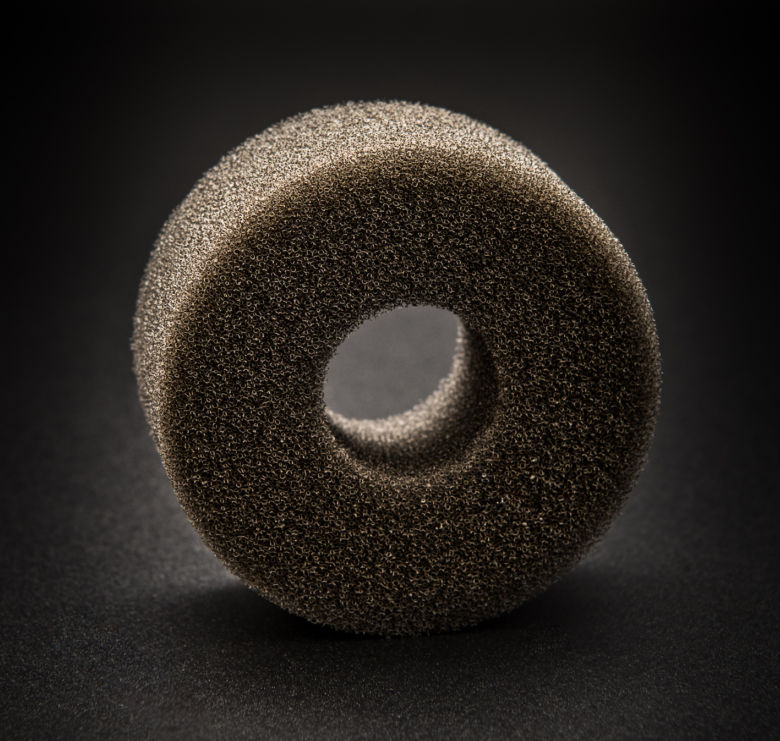
Common types of filtration foam:
- Filter wadding
- Pond pads
- Hang on filter
- External canister filter
- Pond filter boxes
- Sump and submersible filters
- Wet and Dry trickle filter
- Aquatic pumps
- Canister, cyclone, block and vortex filters
It’s important to consider the size (grading) of a filter in accordance to the volume of water that is required to circulate through it. Generally speaking, standard freshwater aquariums will require a filter that is capable of circulating the entire volume of the aquarium 2-4 times per hour and tropical aquariums require a turnover of 4-6. That means on average throughout a day the filter foam is sieving debris 96 times, so the type, quality, grade/size and PPI is of high importance.
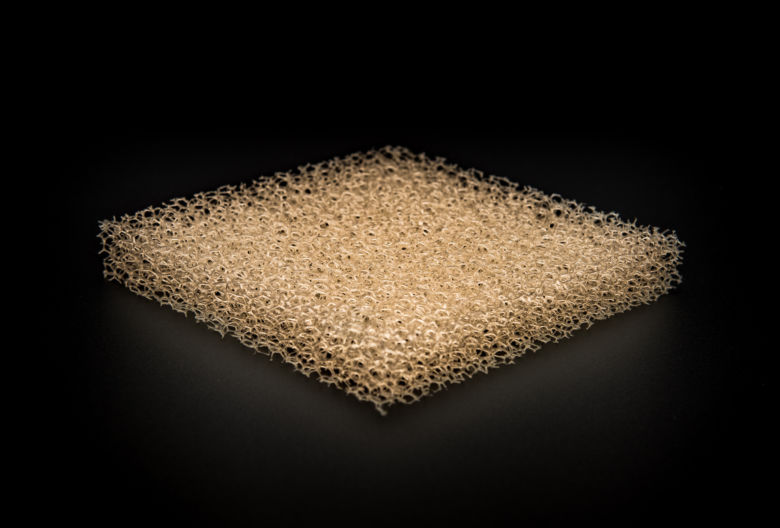
Zouch Converters has been manufacturing and supplying a comprehensive range of world class filtration foams and post treatment technology to industry leading organisations for over a decade. All of our filtration foams for aquatic filters are of the highest quality, are waterproof, chemically stable, non-toxic and are manufactured within clean environments to prevent debris.
Whatever your need, get in touch with our experts and we’ll be sure to filter through all your worries and find a solution to your upcoming project, from inception to the end result.
